Matt Hanson can do
George Bernard Shaw wrote in his play Man and Superman: “Those who can, do. Those who cannot, teach.”
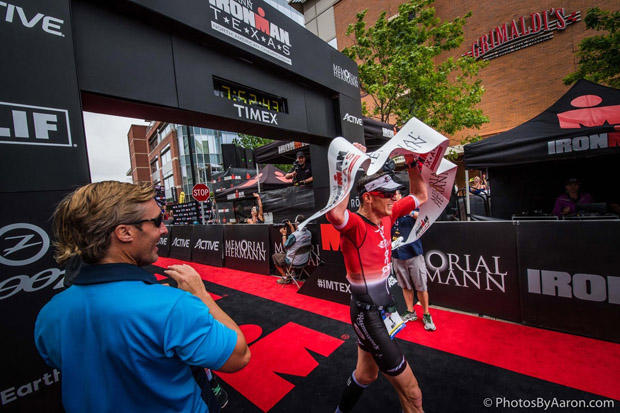
Matt Hanson turned that maxim on its head as he left his job as a professor of Exercise Science in 2013 to compete full time as a professional triathlete. After a breakthrough win at the Ironman North American Championship in 2015 and an even more impressive 7:52:44 winning time at the same race last month, Hanson has to be regarded as a contender at Kona considering his usual 2:41 to 2:42 Ironman runs coupled with competitive swim and bike legs.
Hanson was born and raised in West Concord, Minnesota, a town of about 800 people. He wrestled and ran track and cross country throughout high school and qualified for state in all three sports. His high school running times – 4:29 mile, 16:09 5k – were decent but did not foreshadow his current world class status as a triathlete. “Looking back, I never gave running enough attention. I was running to stay in shape for wrestling.”
When he dislocated his arm in his first year in college, that ended his wrestling career. Focusing on academics, he majored on Athletic Training and Exercise Science for his undergrad and then went to Southwest Minnesota State for his Masters and the University of South Dakota for his Doctorate before taking a job teaching at Buena Vista University.

Slowtwitch: Why do you like running?
Matt Hanson Running for me is “my time.” It is an escape. I started running again after my injury in college simply to manage stress and to give me a break from studying. I didn’t realize my potential as a runner in the sport of triathlon until 2014 when I went 2:41:38 at IMTX. I had no idea that it was that great of a run.
ST: When did you start triathlon and why?
Matt: When I was 16, I was challenged by a mentor to make a list of 50 goals for the next 10 years. I took that seriously and for some reason I put completing an Ironman on the list. When I was 25, I bought a cheap e-Bay bike, tried to relearn how to swim and started prepping for Ironman Coeur d'Alene. I planned on it being a one and done thing, but I ended up qualifying for Kona [in 9:03:57]. I left the Big Island feeling like I had found a new hobby. I went back to Kona that year thinking I was set for a great race, but I had 3 flats and was standing on the side of the road for 20 minutes [9:07:56 with a 2:53:33 run]. I was devastated, so I took my pro card so I could race Ironman Arizona a few weeks later. I ended up 18th and had the fastest run of the day [2:51:11- and a total time of 8:30:29].
That’s when I decided I belonged in the pro field. I didn’t realize that I had a chance at competing at the highest level in the sport until IMTX in 2014 when I got my first run course record [2:41:38 and finished 6th] and my first pay check from the sport.
ST: Has your run always been your ace in the hole? What discipline took you the longest to conquer?
Matt: I definitely am known as a runner who also swims and rides a bike. I think I’ve developed my swim and bike pretty well and hope someday I’ll be considered an all-around triathlete. I have worked the hardest on my swim since it is so important in the pro ranks. I have had a lot of help – first from Tim Floyd and now with coach Julie Dibens. When I first turned pro at the end of 2013, I had only broken an hour in an IM swim once.
ST: What setbacks did you have in your triathlon career?
Matt: At Kona in 2015 I crashed pretty bad early in the race. I broke my wrist and a few ribs. Honestly, I didn’t take the break that I should have. I should have focused more on physical and mental recovery. Instead, I thought it was best to get back to the chase as soon as possible, so I raced in Cozumel just 6 weeks after the crash. Not a smart choice. I wasn’t back to normal for 10 months. It was a tough road with some bad races. Things got back on track in August last year. I started having fun again, I was enjoying every day of training, and I started racing well again.
ST: Who were your first coaches?
Matt: I started my career working with Tim Floyd on the swim and David Tilbury-Davis for the bike and the run. Tim taught me how to push hard in the water, how to control pace, technique, body position – all necessary things that brought me from a back of the field pro to a solid 2nd pack swimmer. I was still working full time, so David helped me organize my schedule to allow me to be a successful triathlete while keeping my job and staying married.
ST: Why is Julie Dibens a good coach for you?
Matt: Coach Julie was a fantastic cyclist, but she also was a division 1 swimmer at LSU. She furthered my development in all three sports, but especially the swim and bike. She is not afraid to get after me when I screw up or under-perform. We've only been working together for 9 months, but she knows what makes me tick. She quickly figured out what will challenge me in training. But she also does a fantastic job of managing my fatigue and making sure I am ready to push on the hard days and not push too much on the easy days.

ST: Tell us about your Ironman North American Championship win in 2015.
Matt: IMTX has been a life changing race for me. I earned my pro card there in 2013, earned my first IM paycheck and set my first run course record there in 2014 [2:41:38]. And I had my first major win in 2015 that eventually led to me resigning as a professor.
ST: Why did you resign as a college professor?
Matt: I gave the speech at Ironman Texas awards in 2015 and immediately left. It was a 17 hour drive and I pulled into town at 7:30 a.m. and went straight to the college, showered there and taught 8:00 a.m. class. Obviously that takes a huge toll. I decided then that I couldn’t reach my full potential in the sport burning the candle at both ends. So I decided to stop moonlighting as a triathlete and give it my full attention.
ST: Your 2016 season had a lot of ups and downs. What happened to defending your title at The Woodlands where you finished 23rd?
Matt: Sometimes you have to tighten the screw too much to see where it strips. At Texas in 2016, I stripped the screw… but now I know where that happens. I never thought about a DNF. The medics kept trying to pull me from the course, I argued with them to give me some time. A DNF really stings, I hated pulling out of Kona. Kona was a low point, but it made me appreciate the good races even more.
ST: What did your 4th place at Ironman New Zealand in 2016 and 2:41:20 run course record – topping legends like Cameron Brown and Bevan Docherty – mean to you?
Matt: I was definitely happy with a 2:41. I executed really well at New Zealand and performed about as well as I could have hoped for my fitness at the time.
ST: How did you regain confidence in 2016 after 8th at Panama and 11th at Oceanside?
Matt: Panama was a last minute January race. I wasn’t in peak form and I executed how I wanted. I had no expectations, I wanted to execute a clean race and I did. Same for Oceanside.
ST: Why start a coaching search after your DNF at Ironman Cairns in mid-2016?
Matt: After Cairns, my season was essentially over. I had zero chance at Kona for that year, so I felt it was the best time to make a change. I contacted a number of different coaches, and I clicked with Julie the first time we met. She didn’t make fun of me for bonking the first time we rode together – which helped as well.
ST: Why were you primed for Texas this year?
Matt: This was my first “A” race of the season. I love this race for so many reasons and Julie had my engine in great shape.
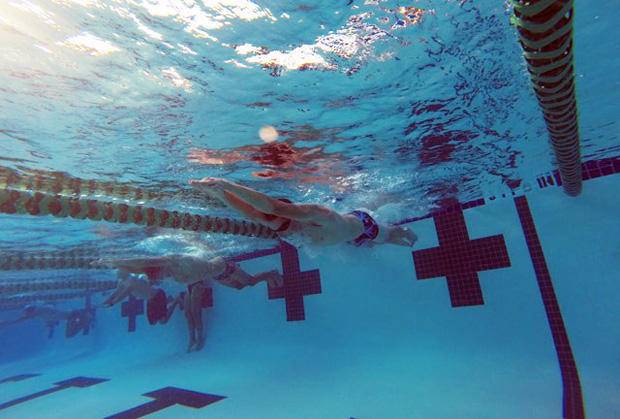
ST: How do you rate your 2.5 minute swim deficit from the leaders, 3 minutes ahead of the chase group despite suffering cramps in both legs?
Matt: Definitely a breakthrough for me. I was with the front pack for over ½ of the swim, then yes I had some weird cramping issues. I stayed positive and stayed focused. Ironman is a long day, there will be good points and bad. I trusted that my nutrition plan was sound and that I’d get on top of them.
ST: Seems you never saw Andrew Starykowicz as he beat you out of the water and had that spectacular bike split.
Matt: I saw him a few times at the out and backs. He was riding really well. It was good to see him back to his old form.
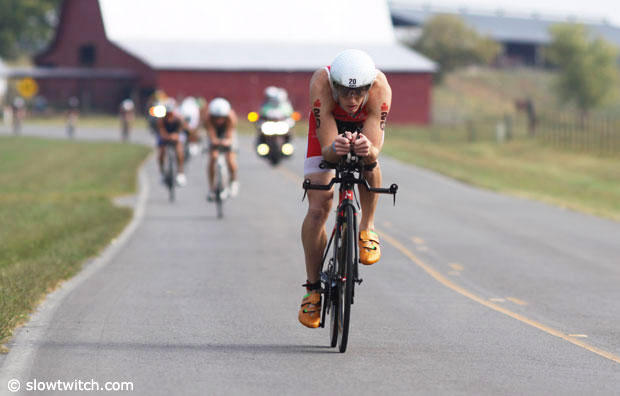
ST: You raced smart on the bike. Tell us about those tactical decisions on your way to a 4:13 split?
Matt: I made four major decisions. First was to bridge early and recover until the strong bike runners joined. Second was to go with the guys who started to make a move once everyone had grouped together. Third was to stay on the front of the group through mile 80 and 4th was to go with Tyler Butterfield when he made the move after the last turn around and we were able to get a little separation from the group. Tyler then rode away from me. He is a strong cyclist and I was just trying to minimize the damage.
ST: Starykowicz had a 14 minute lead on you. Given his recent injuries, were you worried you might not catch him?
Matt: I wasn’t worrying about Starykowicz. I raced him before and he had a bigger lead in 2016. I needed to stick to my plan and worry about Andrew in the last 10k of the run if he was still running well. I figured if I kept the deficit under 20 minutes, I had a chance.
ST: Tell us about chasing down Butterfield on the run.
Matt: I was patient and stuck to Julie’s pacing plan. I was only chipping a few seconds per mile off at the beginning, but wasn’t stressing. I knew Tyler could run well and was looking strong when I saw him at the out and backs. I just stuck to the plan and finally caught him around mile 12.
ST: With 1.5 miles to go, how much time did you have to go sub 8?
Matt: I realized that I had a chance at sub 8 when someone yelled at me that I had 22 minutes to do it with under 2 miles to go.
ST: With 200 yards to do, why did Julie Dibens yell at you?
Matt: Haha. She told me not to enjoy it too much and get my a** to the finish line! I had no idea what my time was at this point, but I understand now.
ST: What element of your win gave you the greatest emotion?
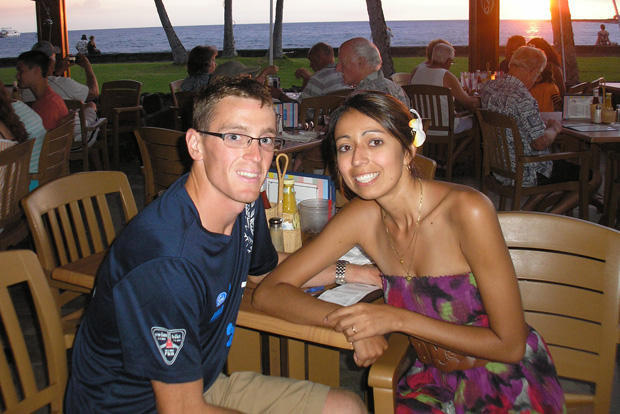
Matt: Seeing my wife Ashley at the finish line. Gets me every time. There are so many sacrifices that are made and I spend so much time away from home to chase this dream. I couldn’t do it without her behind me every step of the way.
ST: Were you disappointed about reports the bike course was short by a mile or two?
Matt: It really doesn’t affect me. All the guys I raced did the exact same course I did and my result would have been the same if the bike course was a few minutes longer.
ST: How does it feel to be a U.S. men’s Ironman record holder?
Matt: Honestly, it is still setting in. I had never used time too much as a motivating factor before this race, and didn’t think about it once until after the race.
ST: After missing Kona last year, how does it feel to lock up a Kona slot this early?
Matt: It feels great. To have a great race at Kona, you have to enter the race well rested. By executing this race well, I am able to do that.


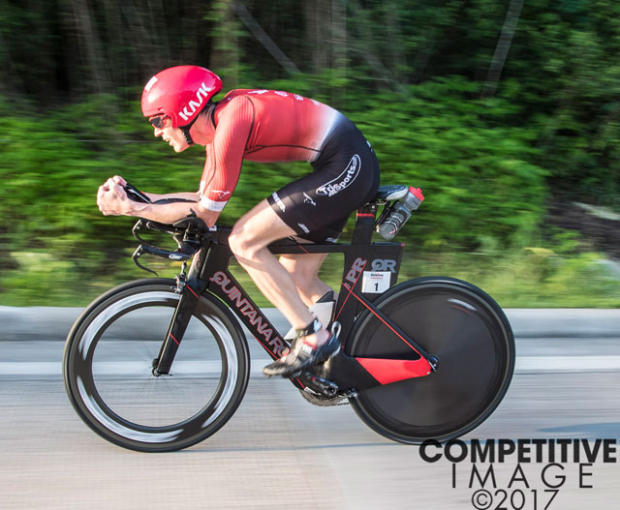
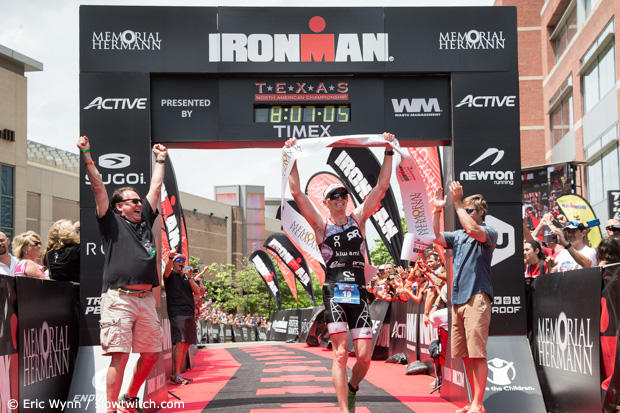
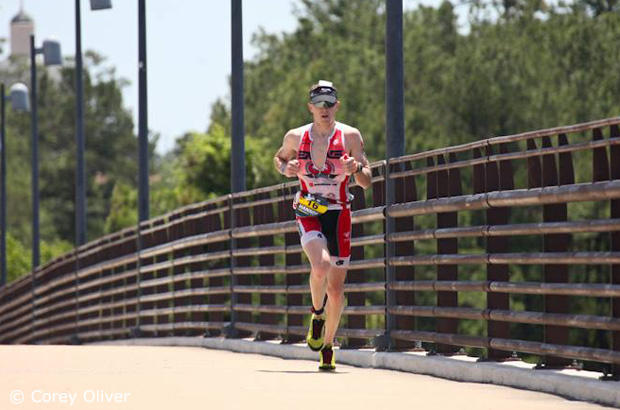
Start the discussion at slowtwitch.northend.network